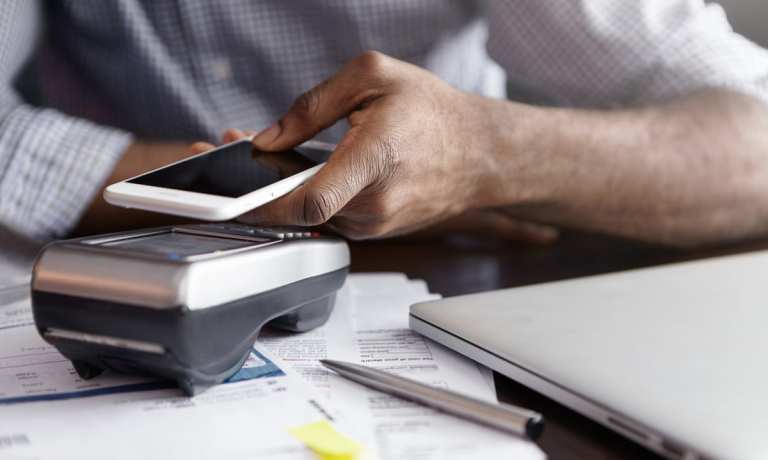
From restaurants to the farthest reaches of retail, rapid digitization is making the best of the COVID-19 mess while setting up conditions for an elevated set of future payments experiences.
The 2021 New Merchant Business Models Playbook, a research-based report created in collaboration with American Express, explores the matter in detail, noting how tech innovation has essentially saved at least one sector — restaurants — from pandemic oblivion.
“Restaurants are particularly hard-hit by the ongoing pandemic, but [their industry] continues to showcase resilience and innovation,” Eva Wang, vice president of partner acquisition at American Express, told PYMNTS. “Payment innovations are essential in supporting the restaurants adapting to their customers’ evolving needs during this unprecedented time. As the online and offline dining experiences continue to converge, it’s vital to provide a consistent customer journey, especially a streamlined checkout experience across dine-in, takeout and delivery options. Furthermore, it remains important to offer a variety of payment options across customer touchpoints to maximize conversion rates.”
Wang joins a chorus of voices singing the praises of digital as it moves from sector to sector, changing everything in its path in pursuit of better small business processes and experiences.
Where the Consumers Are
According to the 2021 New Merchant Business Models Playbook, “41.9 percent of consumers have switched from shopping for retail products in stores to shopping for them online … and 16.6 percent have gone from dining in restaurants to ordering their food online since the pandemic began. These digital shopping habits that consumers have acquired during the pandemic are unlikely to be short-term behaviors, even once visiting stores becomes safer.”
PYMNTS found that nearly 84 percent of consumers who have shifted to online shopping plan to continue doing so just as often, even after pandemic fears subside.
Grocery is another huge section of commerce that’s gone digital double-time. A PYMNTS survey of nearly 2,000 U.S. consumers found that roughly 36 percent were buying groceries online as of May 23 — a jump from 28.5 percent on April 27. “Consumers want access to touch-free options, such as curbside pickup, that can help them conveniently shop, even though they are frequenting grocery stores less often,” the Playbook states. “Grocery stores understand this and have looked to improve their digital offerings, too. The survey found that 51.9 percent of consumers are now grocery shopping online more often because services such as curbside pickup work better now than they did before the pandemic began.”
Friction Isn’t Really Your Friend
Not that there’s much mystery around what people want right now. From payment types to eCommerce to live settings, how we shop and how we pay are setting the stakes.
American Express’ Eva Wang told PYMNTS that “contactless payment options are increasingly expected by guests, and it’s paramount for restaurants to design an end-to-end touchless experience wherever possible — from QR code-scanned menus to handheld [point-of-sale] devices for ordering and finally tap-and-go for contactless payments.”
It’s logic that extends beyond restaurants to all forms of SMB retail at this critical moment.
“SMBs cannot simply prop up a website and hope for orders to roll in,” according to the 2021 New Merchant Business Models Playbook. “Succeeding in the eCommerce space requires crafting digital experiences that are unique and meaningful. A clunky user experience is likely to result in consumers taking their business elsewhere, after all. A recent survey found that 62 percent of consumers who have difficulty completing online transactions will give up on making purchases, and 52 percent of those who encounter frictions will simply turn to competitors.”